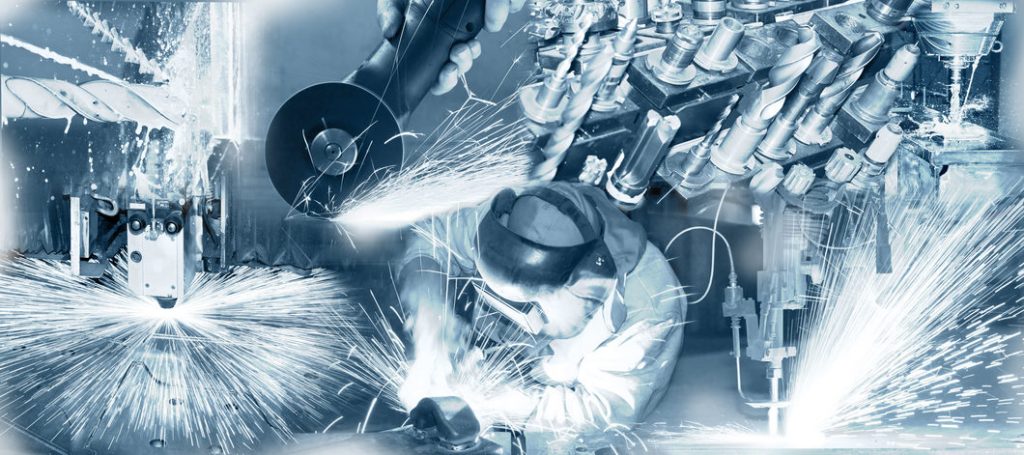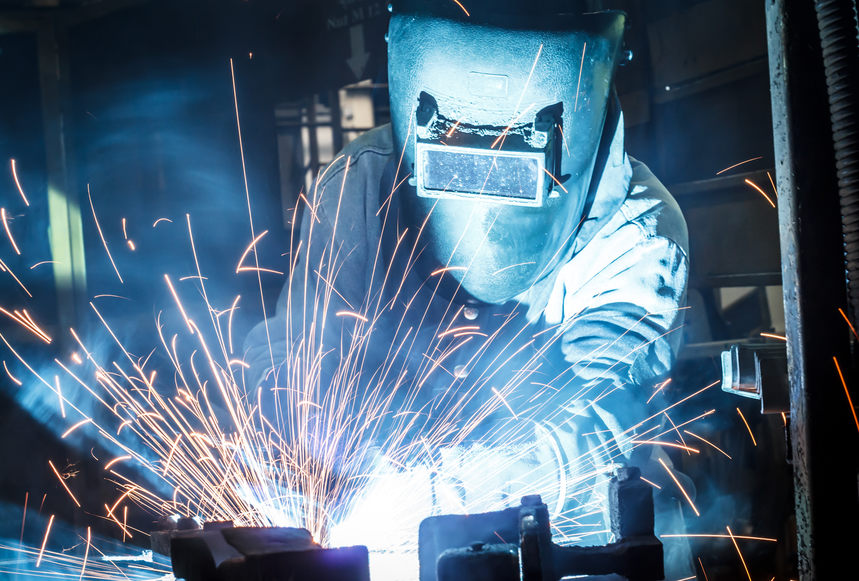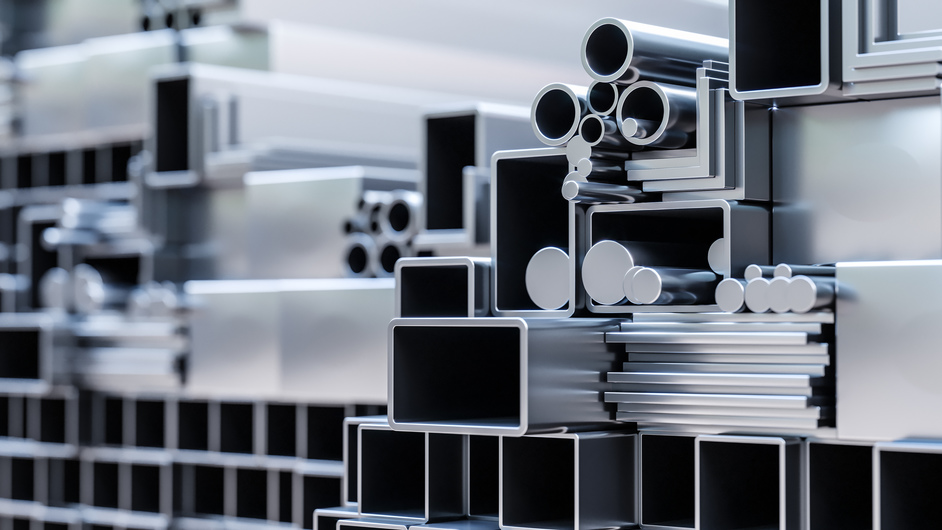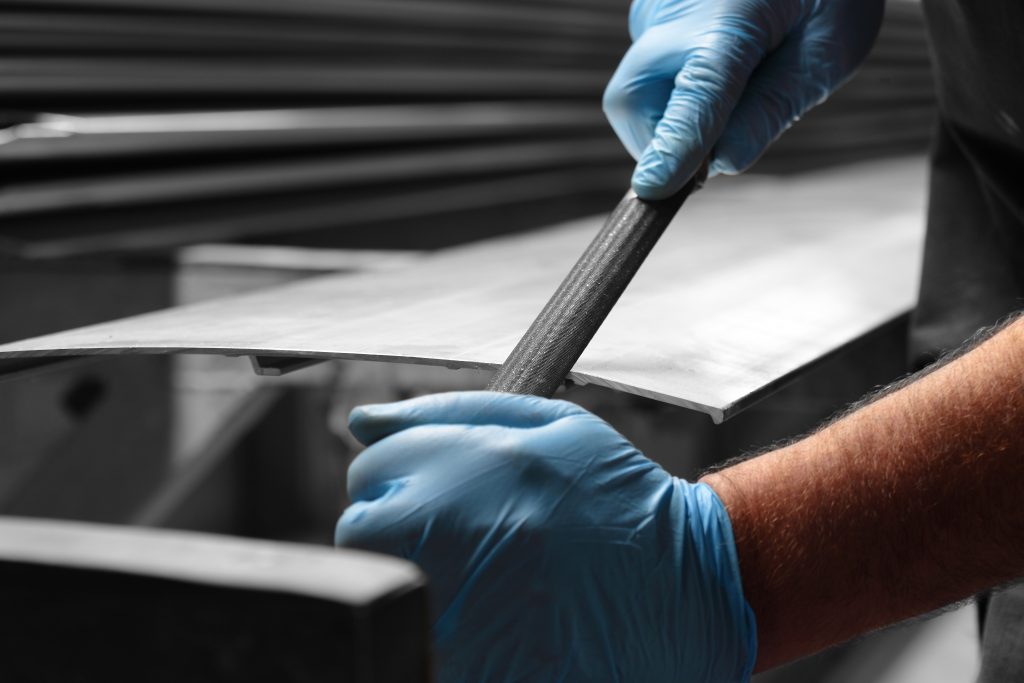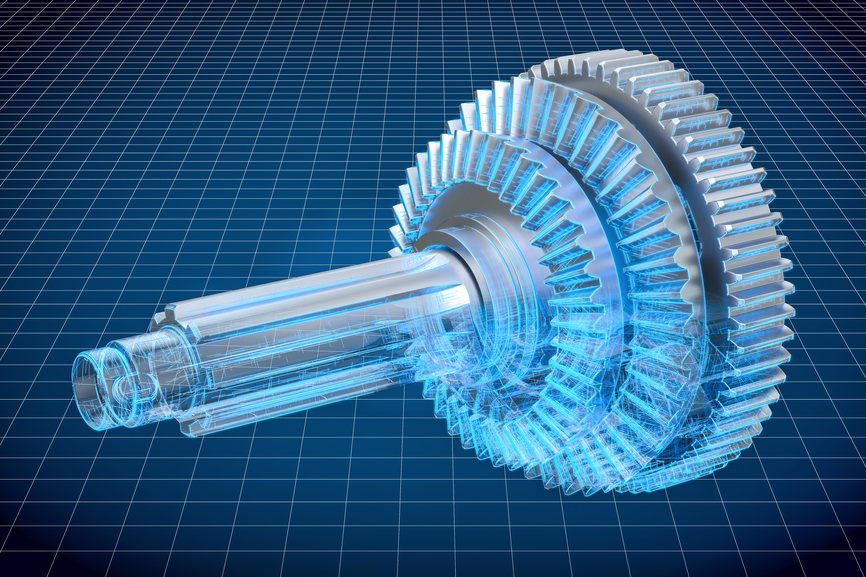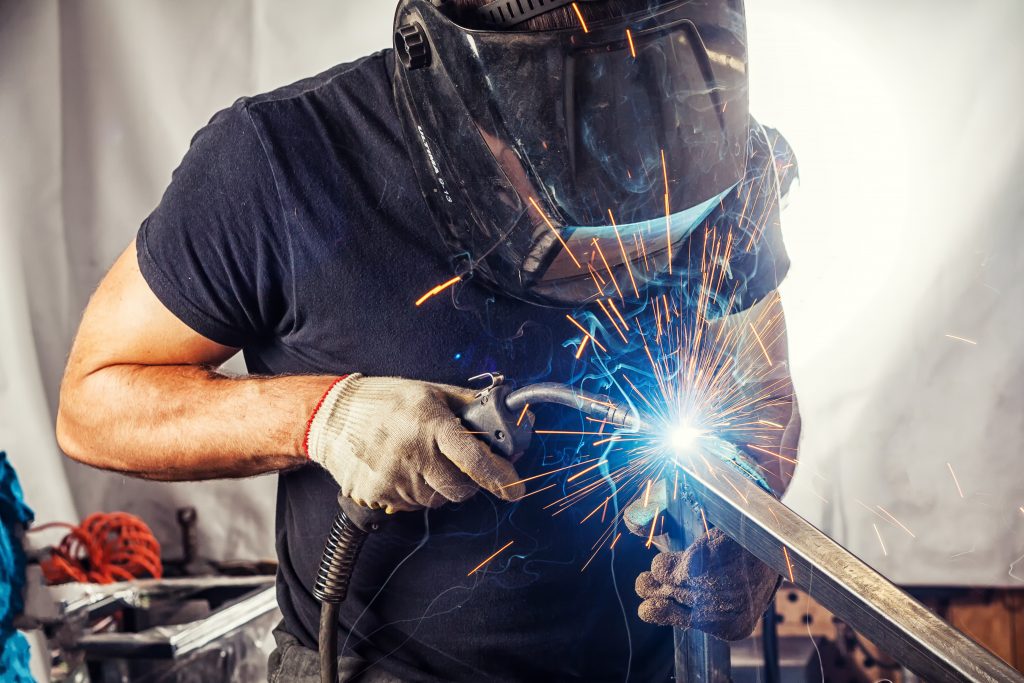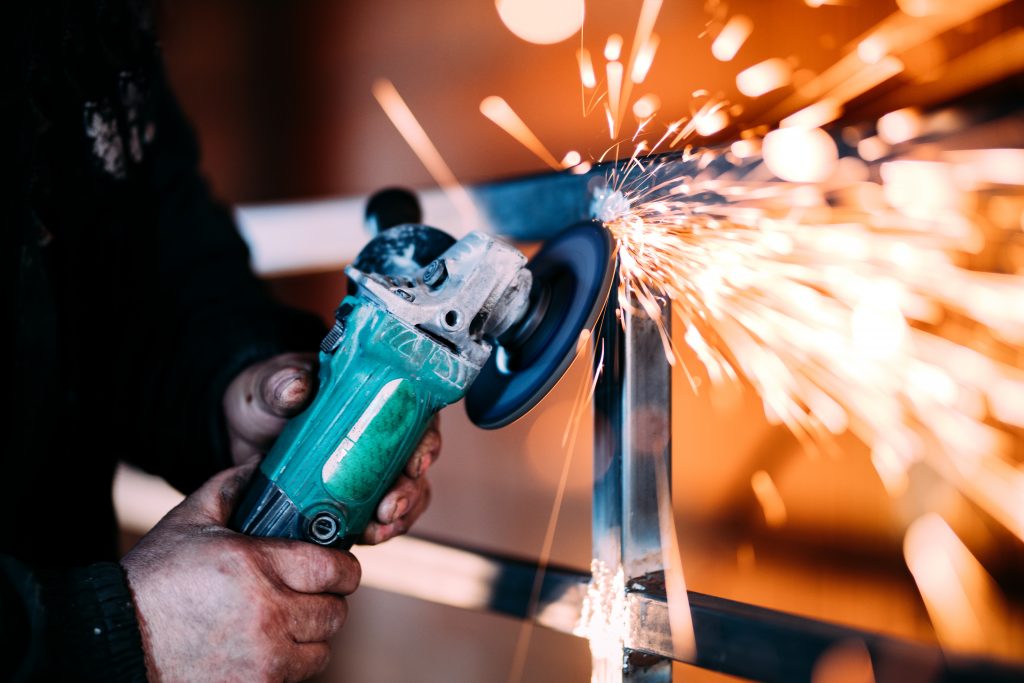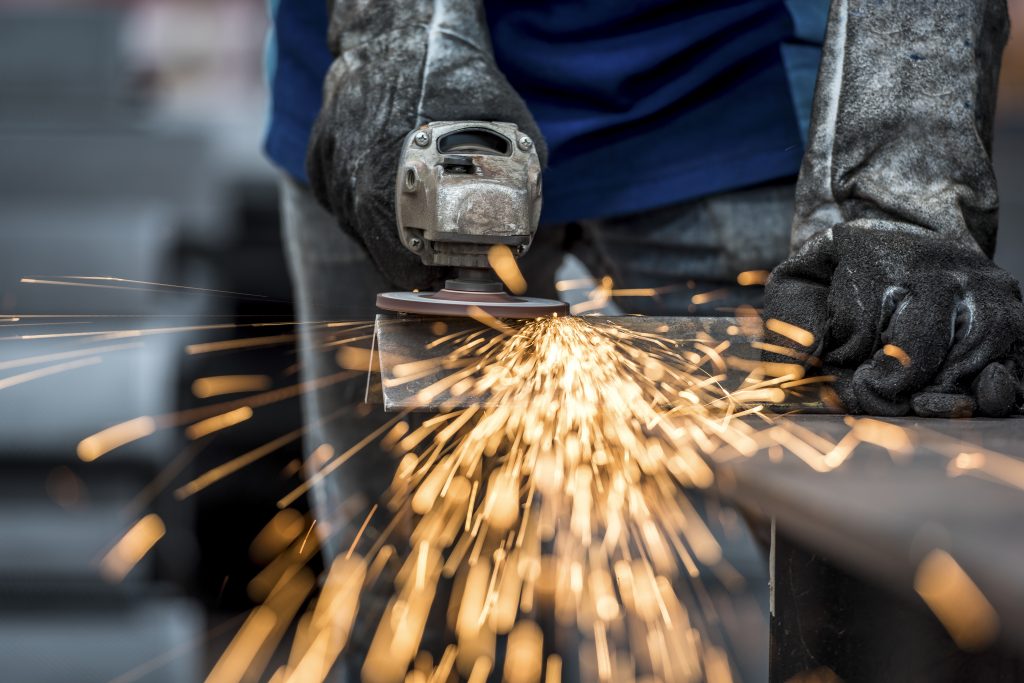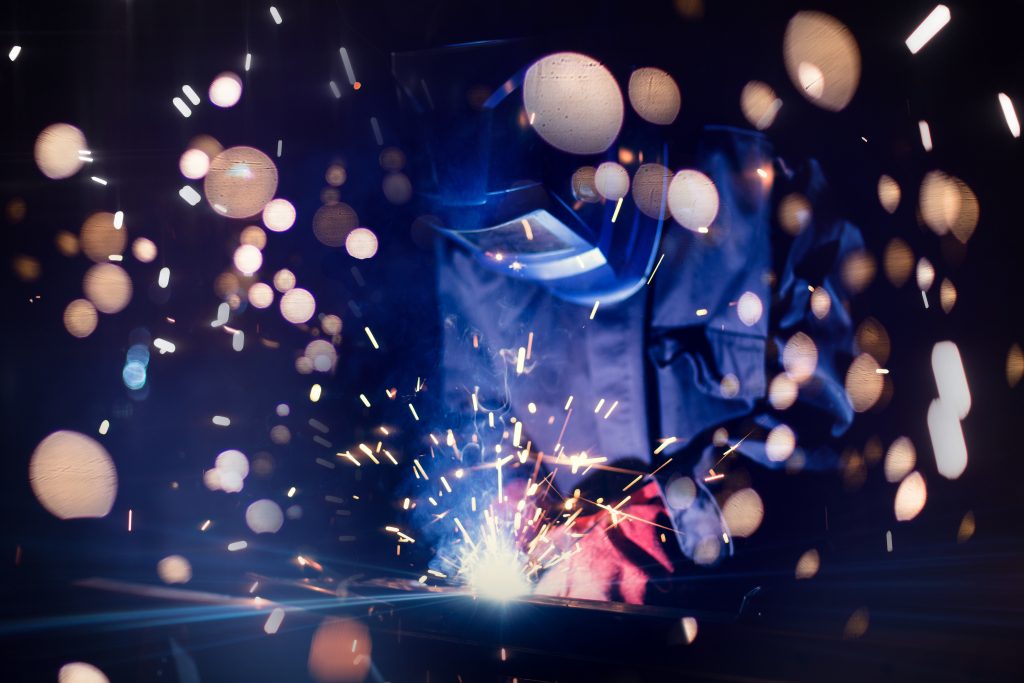Have you ever heard the saying, “You get what you pay for”? When it comes to metal fabrication, it definitely rings true. Low cost isn’t usually associated with high quality. That doesn’t mean that there aren’t affordable metal fabrication companies that produce quality work. However, it does mean that the cheapest quote may not be from the most reliable and talented business. While it’s always nice to save a few bucks, it’s never worth sacrificing quality. Here are three reasons why you should avoid the cheapest metal fabrication quote:
1. They May Not Be the Right Metal Fabrication Company for You
Every company is different. They cater to differently sized businesses, they have different processes, they use different materials, they have different qualifications, and different equipment. While you think you may be hiring a cheap metal fabrication company to save a few dollars, it’s very likely that you won’t be receiving the specific services you’re looking for.
2. It’s Not All About Money
Sure, paying less for something is always good. However, it’s not all about money in the metal fabrication industry. What’s important is that you find a metal fabricator who is able to take your vision and make it a reality. That oftentimes means hiring someone who has the right equipment, experience, and so on.
3. Hidden Costs
When someone offers a suspiciously low quote, there’s always a reason. Often, these metal fabrication companies will say anything to get you hooked, after which they will then slowly start adding on small fees.
At Rider Tool and Manufacturing Co., we pride ourselves on offering the highest quality work at the most affordable rates. To ensure high rates of customer satisfaction, we always use the best quality materials because we want your projects to last. While we may not offer the cheapest metal fabrication quotes, we can guarantee that we offer affordable rates for high-quality services. If you’re interested in learning more about our metal fabrication services, don’t hesitate to contact us.


